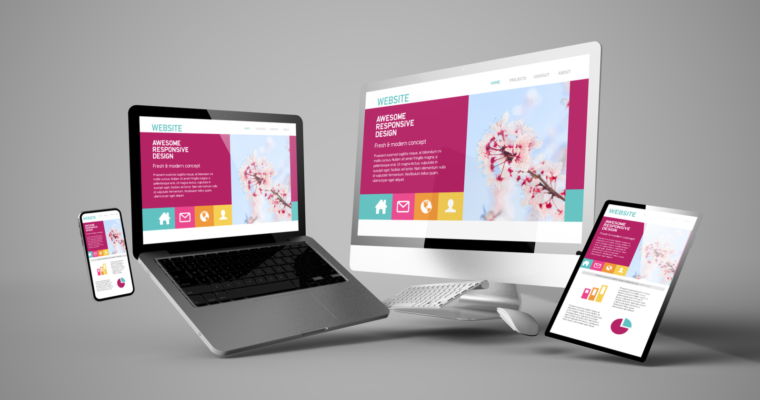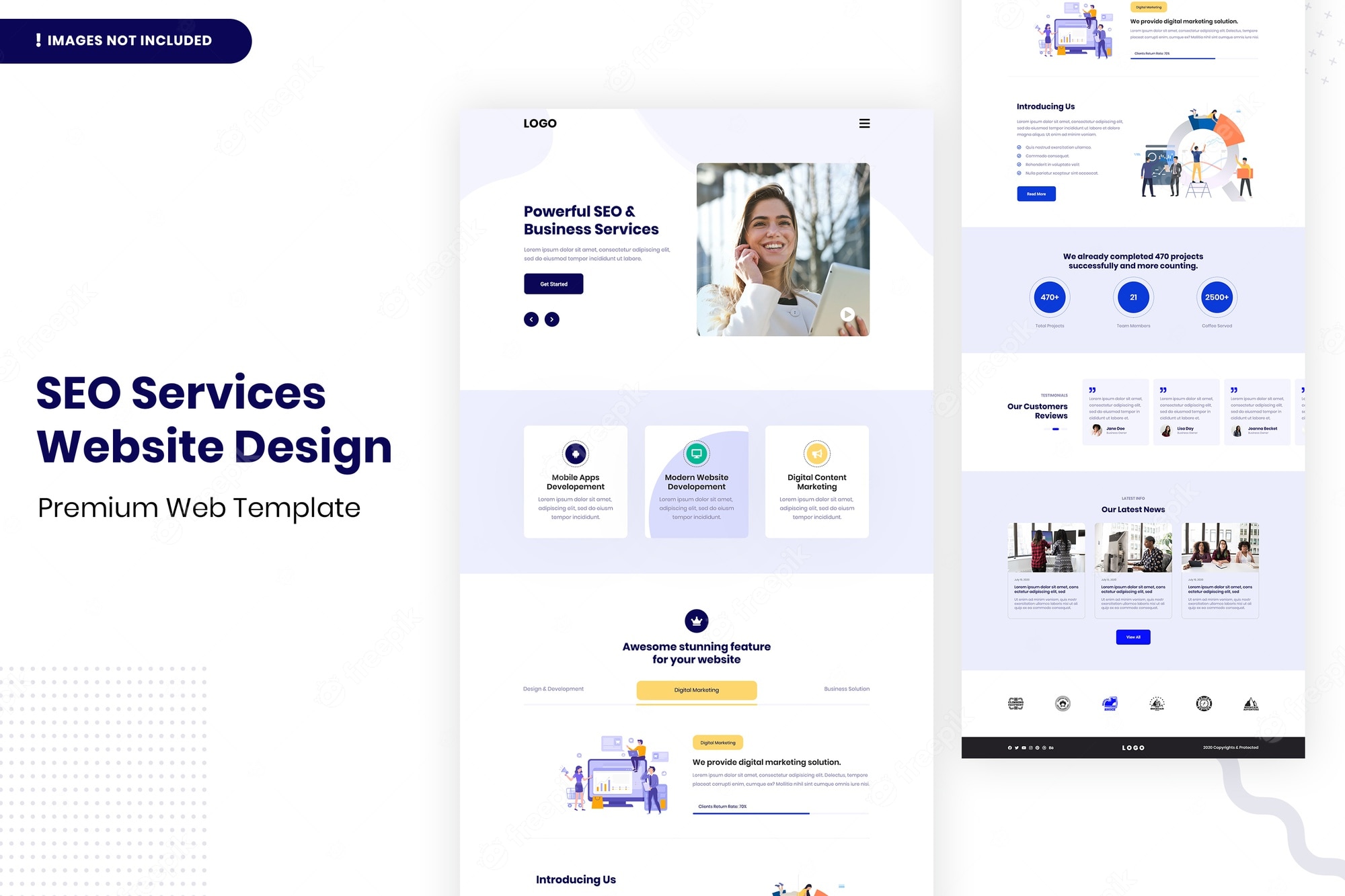
Your browser sends the UserAgent HTTP Header to the web server each time you visit a page. This allows the web server customize the response to you. The header includes information about you browser, your operating system and other details. This information helps the server identify you and deliver content to you.
The User-Agent HTTP Header field is different for each browser. While some browsers send only one User-Agent field to others, others send multiple product tokens. This can be helpful to developers who want to customize the content of web pages.
It is vital to ensure that older browsers are compatible when a new web browser is launched. This is particularly important if the browser is used in an automated system or on a website. It is important that web pages can be accessed by all browsers.

Websites use User-Agents to detect devices like mobile phones, tablets and smart TVs. The User-Agent string was created almost thirty years ago. It was created to prevent cross browser compatibility issues. It can also be used as a tool to detect ereaders, and other devices. These strings can also contain the e mail address and URL of the web crawler.
Most web browsers send the User-Agent header automatically, though there are privacy enhancement plugins that suppress this information. A typical browser will send the text Mozilla as the first product token followed by Gecko as the rendering engines. Other string elements can be included in user-agents, such as "mobile", for Firefox OS.
The User Agent HTTP Header may contain multiple directives. These include product name, version number, and development codename. You can also use the User-Agent HTTP header to create rules for your web server. This is useful when a web site owner wishes block certain requests from particular browsers.
It is possible to personalize web pages by using the User-Agent data. The User-Agent field can be used to determine what version of the content should be served to a web page that is being set up to offer different versions. In addition, web sites can target available features, such as e-mail, to different end users.

While some web servers transmit more information to Mozilla than other browsers, others send advanced features to Mozilla. For instance, a web server that supports the ETag protocol may send this header to Mozilla and ignore other web browsers. Public API's can limit bandwidth and request per minute so that a web server is only able to deliver a particular page to a single user.
The User-Agent HTTP Header is essential for automated requests. It informs the webserver what browser you use, what operating systems you are running, and what type browser you are currently using. It is better to use a generic User Agent if you are sending an automated system. It is important to not modify the User-Agent's content.
FAQ
Should I use WordPress or a website builder?
The best way to build an effective web presence is to start small. If you have enough time and resources, build a site. Start with a basic blog, even if your budget is limited. As you learn to develop and design websites, you can always add new features.
However, before you create your first website you need to set up a primary URL. This will give you a pointer to which to publish content.
How to design a website?
First, you need to know what your customers want from your site. What do your customers want from you when they visit your website?
What problems might they have if they don't find what they're looking for on your site?
After you have this information, you need to find out how to solve the problem. Also, you need to ensure that your website looks professional. It should be easy-to-use and navigate.
Your site should be extremely well designed. Make sure that it doesn't take too long to load. If it does take too long, people won't stay as long as they would like to. They will move on to something else.
When you are building an eCommerce site, it is important to consider where all your products are located. Are they all in the same place? Are they all in one place?
Decide whether you plan to sell one product at a time or several products. Are you interested in selling one type of product? Or multiple types?
When you answer these questions, your site can be built.
Now it is time to focus on the technical side. What will it take to make your site work? It will it work fast enough? Can people get to it quickly from their computers?
Are people able to purchase something without paying extra? Is it necessary for them to register before they are able to purchase anything?
These are important questions that you must ask yourself. You'll be able to move forward once you have the answers to these important questions.
Can I Use A Template Or Framework On My Website?
Yes! Yes! Many people use pre-built frameworks or templates when creating websites. These templates contain all the code that is required to display information.
These templates are the most in-demand:
WordPress - the most widely used CMS
Joomla - Joomla is another popular open-source CMS
Drupal - A large-scale enterprise solution that large businesses use
Expression Engine – A Yahoo proprietary CMS
You will find hundreds of templates for each platform. So it shouldn't be hard to choose the right one.
Is it more likely to be hired as a web developer if I have a good portfolio?
Yes. It is important to have a portfolio when applying for web design or development jobs. Your portfolio should show examples of your skills, experience, and knowledge.
Portfolios are usually made up of examples of past projects. These could be any project that showcases your talents. Portfolios should contain everything, from wireframes, mockups, logos and brochures to websites, apps, and websites.
Are there any technical skills required to design and build my site?
No. All you need is an understanding of HTML and CSS. Online tutorials can be found that cover both HTML and CSS.
Do I hire a web design firm or do it myself.
If you don't want to spend a lot, you shouldn't hire web designers. However, if you are looking for high-quality results, hiring someone to design your website might not be worth it.
You can build websites yourself without paying for professional designers.
If you're willing, you can learn how you can make a site that is beautiful using free tools like Dreamweaver.
An alternative option to outsourcing your project is to hire an experienced freelance web designer who charges per-hour instead of per job.
What does it mean to be a UI designer
A user interface (UI), designer is responsible for designing interfaces to software products. They are responsible to design the layout and visual elements for an application. Graphic designers may also be part of the UI designer.
The UI Designer should be a problem solver who understands how people use computers and what makes them tick.
A UI designer needs to be passionate about software and technology. He/she should be familiar with all aspects in the field, from creating ideas to implementing them into code.
They should be able create designs with various tools and techniques. They should be able to think creatively and solve problems by creating innovative solutions.
They should be detail-oriented, organized and efficient. They should be capable of quickly and efficiently developing prototypes.
They must be comfortable working with clients of all sizes. They must be able to adapt to various situations and environments.
They should be able to communicate effectively with others. They should be able communicate clearly and concisely.
They should be well-rounded, with strong communication skills.
They must be driven, motivated, and highly motivated.
They should be passionate and dedicated to their craft.
Statistics
- At this point, it's important to note that just because a web trend is current, it doesn't mean it's necessarily right for you.48% of people cite design as the most important factor of a website, (websitebuilderexpert.com)
- It's estimated that in 2022, over 2.14 billion people will purchase goods and services online. (wix.com)
- When choosing your website color scheme, a general rule is to limit yourself to three shades: one primary color (60% of the mix), one secondary color (30%), and one accent color (10%). (wix.com)
- It's estimated that chatbots could reduce this by 30%. Gone are the days when chatbots were mere gimmicks – now, they're becoming ever more essential to customer-facing services. (websitebuilderexpert.com)
- In fact, according to Color Matters, a signature color can boost brand recognition by 80%. There's a lot of psychology behind people's perception of color, so it's important to understand how it's used with your industry. (websitebuilderexpert.com)
External Links
How To
What is website hosting?
Website hosting refers to where people go when they visit a website. There are 2 types.
-
Shared hosting - This is the cheapest option. Your website files reside on a server controlled by someone else. Customers who visit your website send their requests via the Internet over to that server. The request is sent to the server's owner who then passes it on to you.
-
Dedicated hosting - This is the most expensive option. Your website resides entirely on one server. No other websites share space on the server, so your traffic stays private.
Shared hosting is preferred by most businesses because it's cheaper than dedicated hosting. You can use shared hosting if the company owns the server to provide the resources required for your website.
However, both have their advantages and disadvantages. Here are the main differences between them:
Sharing Hosting Pros
-
Lower Cost
-
Simple to Setup
-
Regular Updates
-
It can be found on many web hosting companies
Hosting shared with others can cost as low as $10/month. But keep in mind that this price usually includes bandwidth. Bandwidth refers to the amount of data you can transfer across the Internet. Even if you are only uploading photos to your blog site, high data transfer rates can still cost you extra.
Once you start, you'll quickly realize why you were paying so much for your previous host. Most shared hosts don't offer any customer support. Their techs will occasionally walk you through setting up your site, but you're on your own after that.
Providers that offer 24-hour customer support are worth looking into. They will attend to any issues you have while you sleep.
Cons of dedicated hosting
-
More Expensive
-
Less common
-
Specific Skills Required
You're getting everything you need with dedicated hosting to operate your website. You won't worry about how much bandwidth you are using or how much RAM (random Access Memory) you have.
This means you'll have to spend more upfront. However, once your business goes online, you'll discover that you don’t need as much technical support. You'll quickly become an expert at managing your server.
Which Is Better For My Business, So Which Is Better?
This depends on the kind of website that you want. If you are selling products, shared hosting may be the best option. It's very easy to setup and maintain. Because you share a server, you will most likely receive frequent updates.
If you are looking to create a community around your brand, dedicated hosting is the best option. Instead of worrying about traffic, you can concentrate on building your brand.
Bluehost.com has both. They offer unlimited monthly data transfers and 24/7 support. You can also register domain names for free.